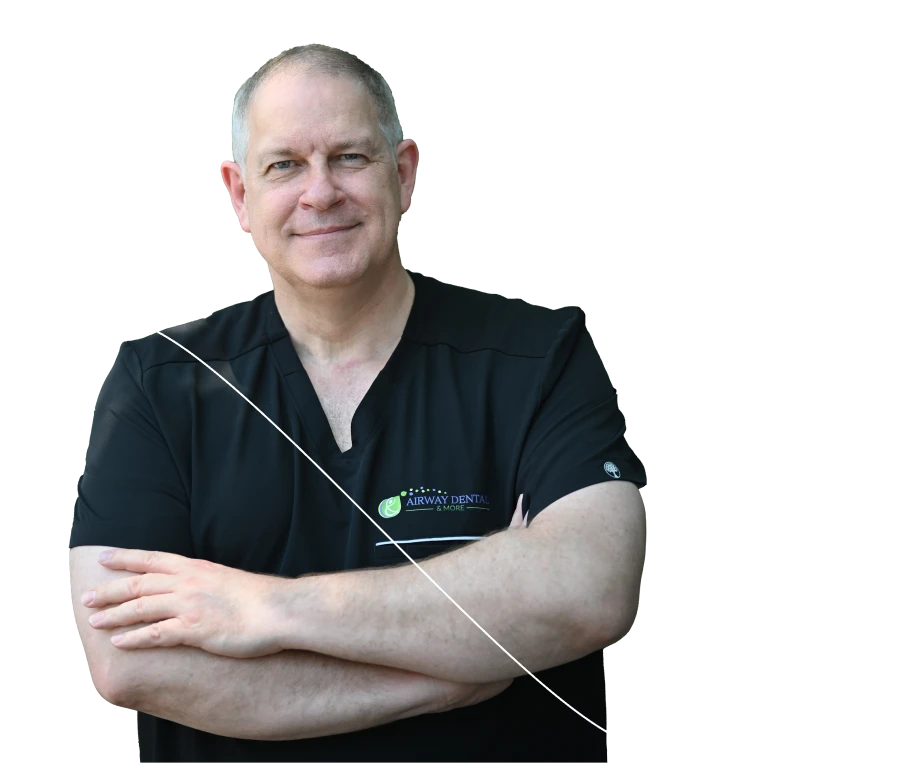
Sleep-disordered breathing (SDB) encompasses any deviation from normal breathing patterns during sleep. From snoring to the potentially life-threatening OSA, untreated SDB poses significant health risks.
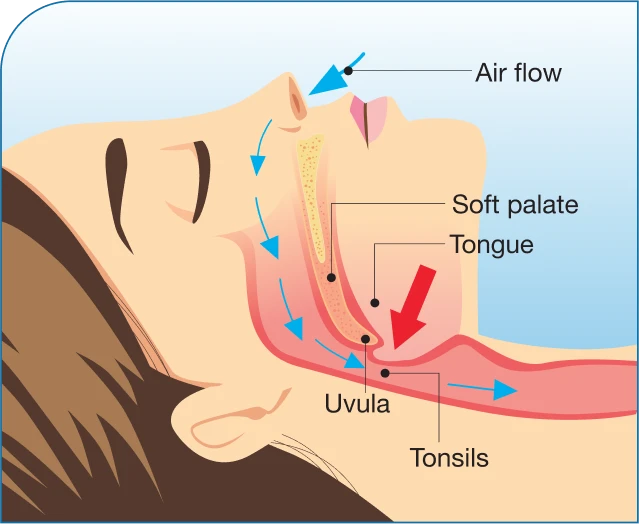
Opened Upper Airway
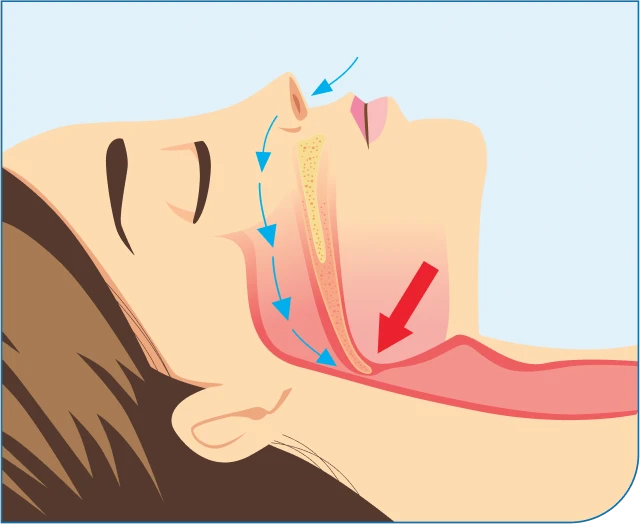
Closed Upper Airway
Airway dentistry is a specialized field within dentistry that examines how the structure of the mouth influences breathing patterns and overall health. Dentists trained in airway dentistry use advanced diagnostic tools to assess patients for signs of compromised breathing, such as mouth breathing and malocclusion. By identifying these issues early on, our experienced Jacksonville dentists can develop personalized treatment plans to promote healthy breathing habits and optimal development of the airway from childhood into adulthood.
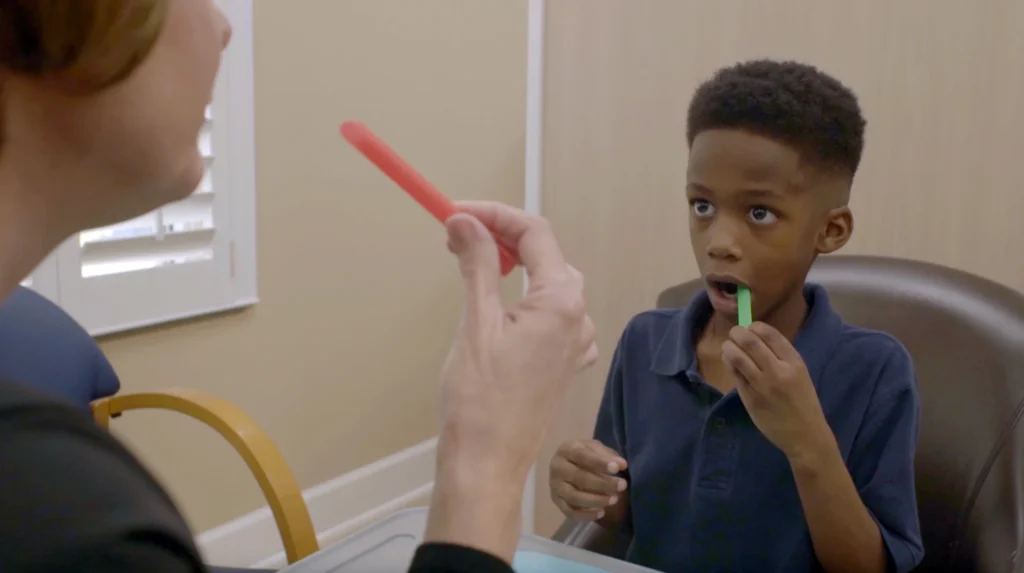
Myofunctional therapy is a specialized treatment designed to correct improper oral habits like tongue thrusting, mouth breathing, and incorrect swallowing patterns, which can affect breathing, speech, and overall oral health. These habits can lead to issues such as misaligned teeth, improper jaw development, and even sleep-disordered breathing.
We offer this therapy in-office for patients with a cognitive age of 4 and up, retraining the muscles of the mouth and throat to promote proper nasal breathing, improve swallowing function, and support overall well-being.
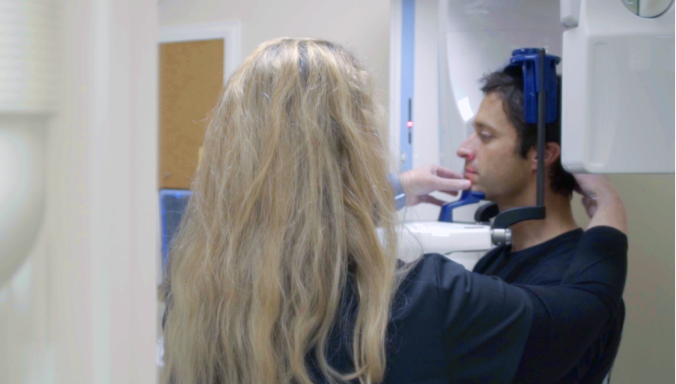

Myofunctional therapy is a specialized treatment designed to correct improper oral habits like tongue thrusting, mouth breathing, and incorrect swallowing patterns, which can affect breathing, speech, and overall oral health. These habits can lead to issues such as misaligned teeth, improper jaw development, and even sleep-disordered breathing.
We offer this therapy in-office for patients with a cognitive age of 4 and up, retraining the muscles of the mouth and throat to promote proper nasal breathing, improve swallowing function, and support overall well-being. One key benefit of myofunctional therapy is its role in managing tongue ties—a condition where the tissue under the tongue restricts movement. By strengthening and retraining the muscles, this therapy can help improve function post-release or even reduce the need for surgical intervention in some cases.

